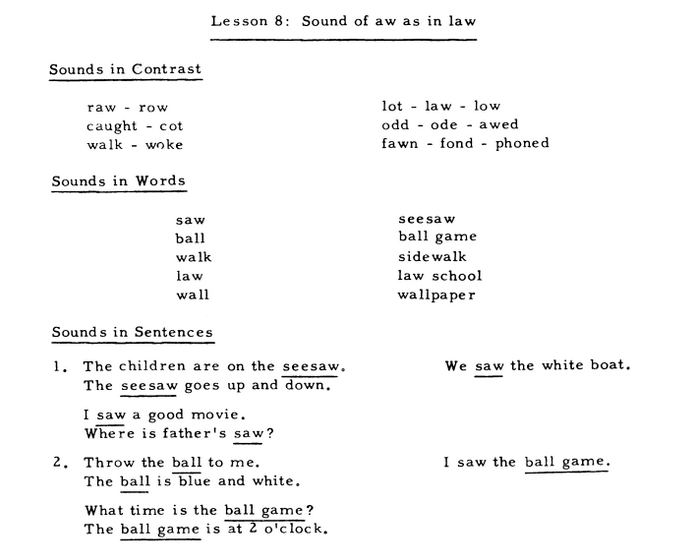A Mobile Application for Auditory Training
Speech Banana is a training application for people learning to hear with a cochlear implant or digital hearing aid. It is designed to build the skills needed for understanding everyday speech.
iPad Applications
Download the English iPad app  Download the Korean iPad app
Download the Korean iPad app 
Web Applications
Try the English web app  Try the Korean web app
Try the Korean web app 
Web Applications
Try the English web appMotivation
Learning to interpret speech provided by a cochlear implant or hearing aid for the first time is an extensive and ongoing process, often taking months to years for people with hearing loss to master complex tasks such as speech comprehension, and partly dependent on how often they can practice using their device. Auditory training (AT) programs, which allow the person with hearing loss to build up the individual listening skills needed to understand spoken communication, are critically beneficial to this learning process.
Despite the benefits of AT and the ongoing nature of auditory learning, people with hearing loss in many countries face considerable barriers to accessing regular sessions, including limited coverage by insurance and limited availability of clinical training programs. Computerized training applications thus offer a useful supplement to in-person training, filling in the gaps between less frequent trips to the clinic.
Many such applications are now available for children but only in recent years have a few emerged for adults. We now offer our own app, Speech Banana, in the hopes of providing a modular, functional and user-friendly at-home training tool for adults with CIs or HAs.
How It Works
For an optimal listening experience, we recommend using headphones, direct audio input, or neckloop. Also, for a better interactive experience, a stylus pencil may be preferred.
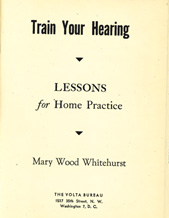
Do not hurry through the lessons. Practice the first lesson and all succeeding lessons until you feel that you have done each one thoroughly. On the other hand, do not expect perfection.
It is not intended that you take all the material in these or other lessons at one listening. Break the lessons into three or four listening periods. Short, frequent periods are preferable to longer ones. Never allow yourself to become fatigued.
Excerpt from Train Your Hearing (Whitehurst 1947)
Instructions
There are 7 chapters in total, and 5-7 lessons in each chapter. Each lesson consists of 3-7 sets of words. After picking a lesson, click on each word to listen to its pronunciation, then navigate to another set of words in the lesson. You may customize your learning experience by changing the background noise level and choosing between male and female voices. After you have studied all sets of words in the lesson, navigate to the quiz which plays a randomized phrase/sentence and requires you to type it out. You can test yourself repeatedly with this quiz until you believe you have mastered the listening skills for the words in this lesson. Your performance in all quizzes are recorded and can be tracked in the Progress page.
Features
iPad Application
Web Application
Chapters
Build your listening skills over 38 lessons, organized in 7 chapters.
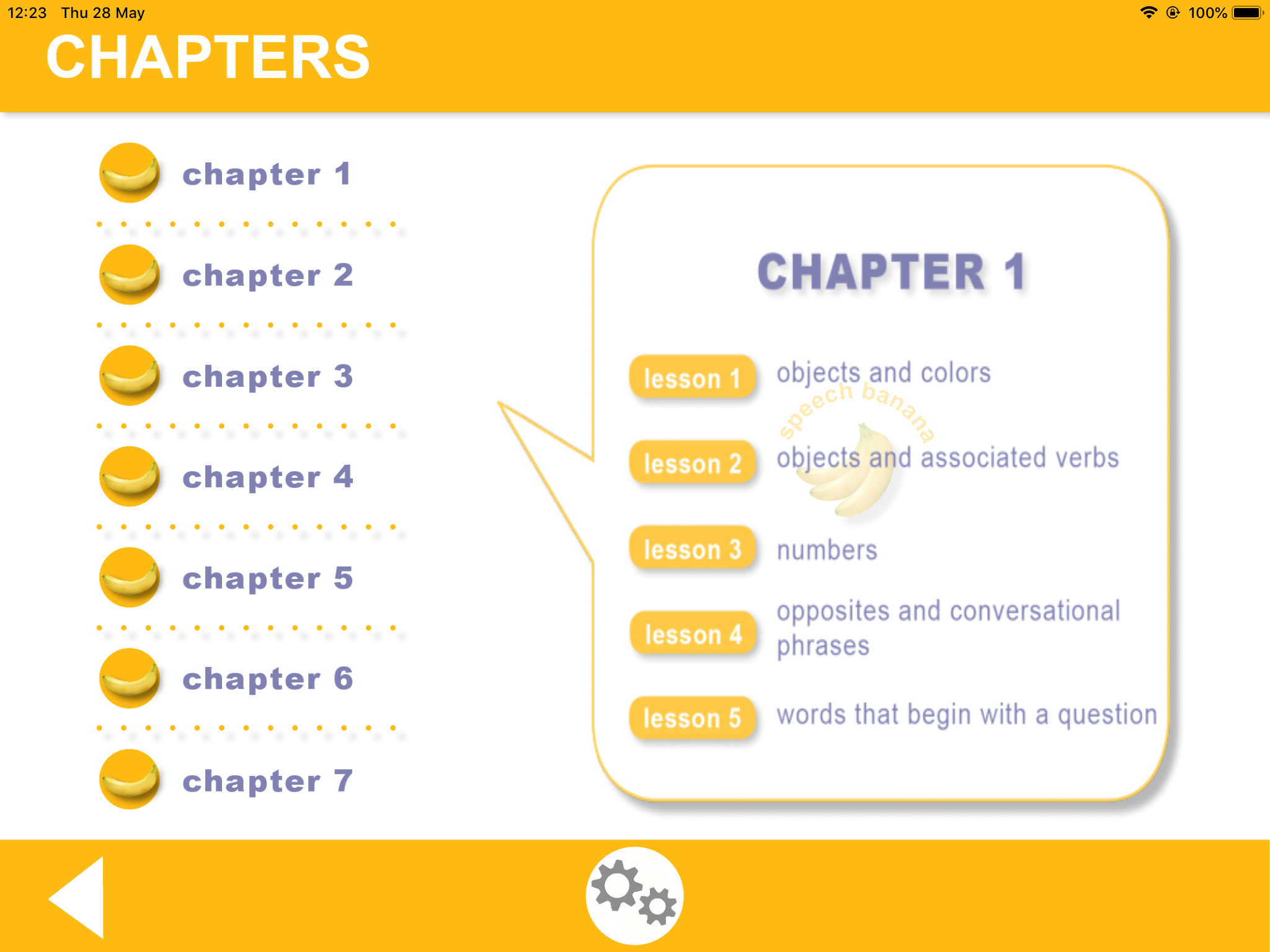
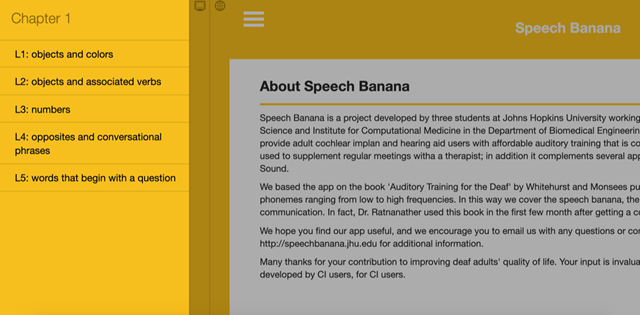
Lessons
Each lesson will present you with different sets of words or sentences containing contrasting sounds, priming you to pick up on their differences in real speech.
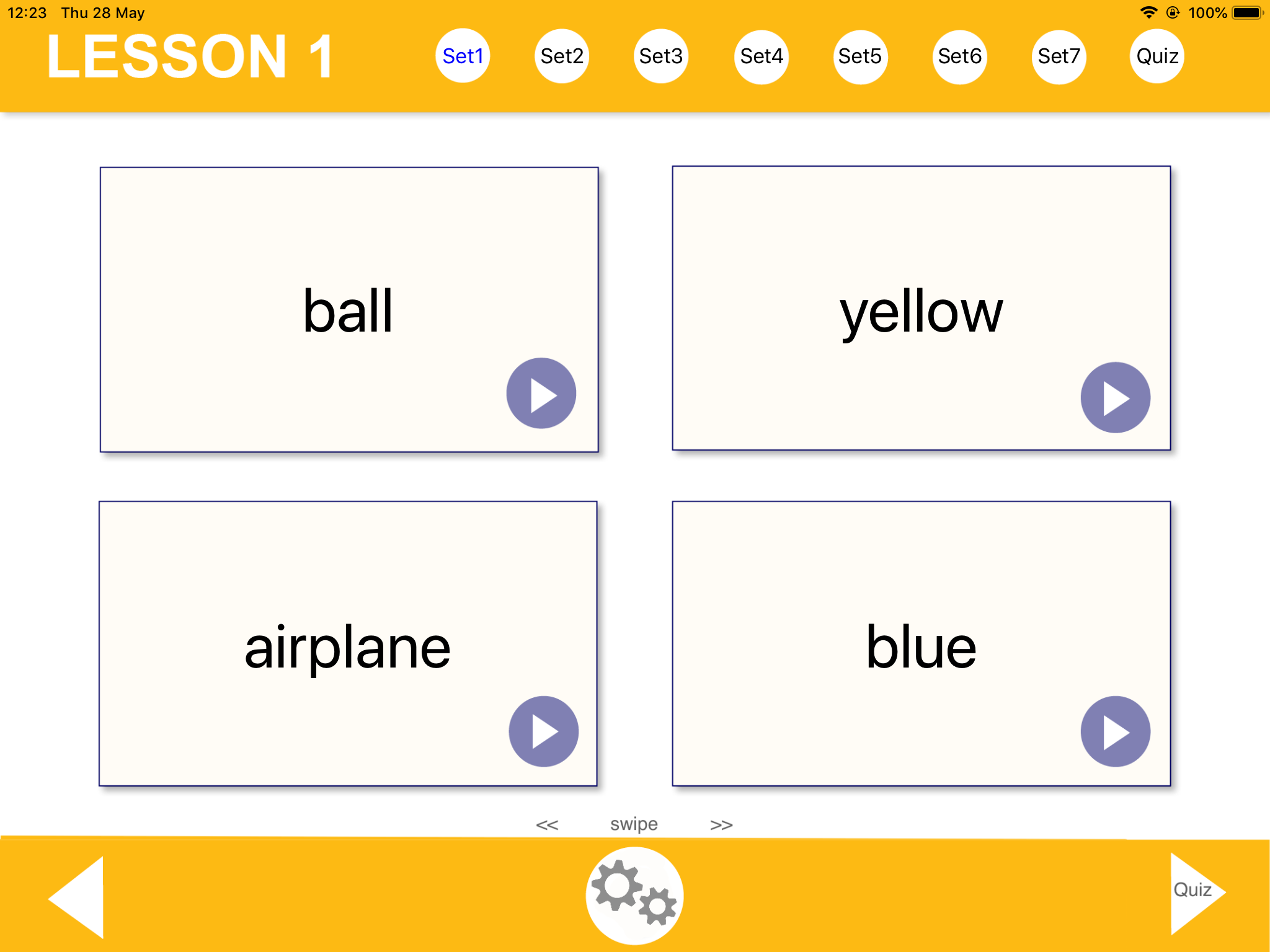
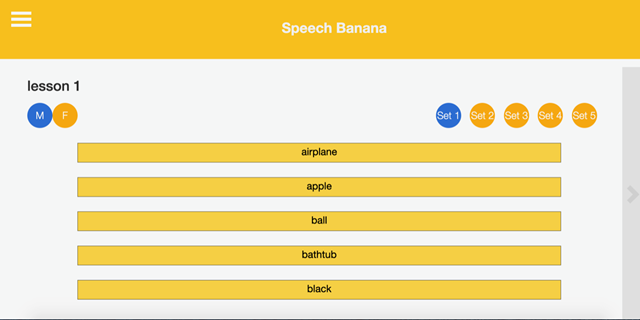
Quizzes
After each lesson, you'll test your skills by listening to real sentences containing the sounds you just learned and typing what you hear.

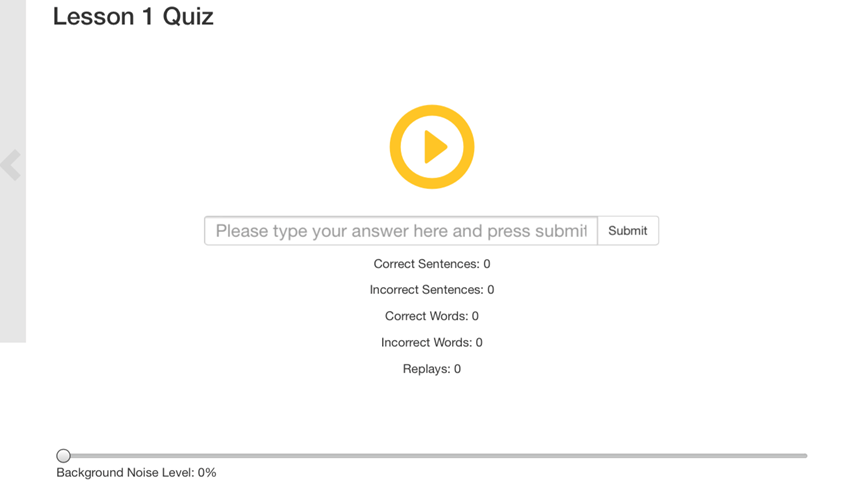
Track your progress
Look up your old scores and watch your skills grow.

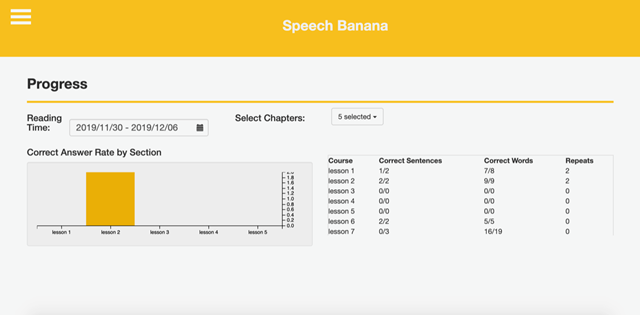
Login Interface
Users may login with app credentials (initialized at registration), Google authorization API or for the Korean language version, Naver authorization API.
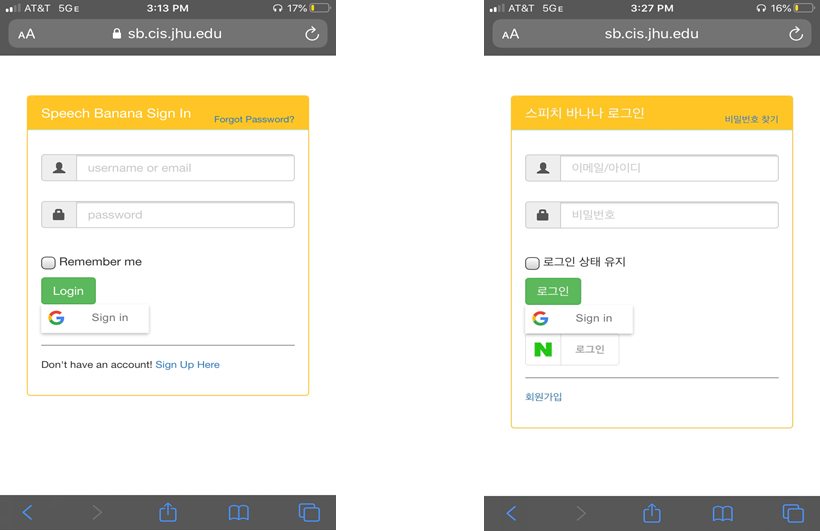
Lesson Plan
The lesson plan used in Speech Banana was originally developed by Whitehurst and Monsees, published in their 1952 book, Auditory Training for the Deaf with the foreword by Dr. Hardy. This was preceded by Train Your Hearing by Whitehurst in 1947, based on her work with soldiers during World War II. Our team chose this lesson plan because it is available online in the public domain via the Hathi Trust Digital Library. We have confirmed the plan's effectiveness with several audiologists and speech language specialists.
The lessons cover all basic phonemes and increase in difficulty as chapters progress from easier, lower frequency phonemes to harder, higher frequency ones. In this way, we cover the speech banana, the entire spectrum of sounds that we hear in most spoken communication.
The red text below is the present day modification of the first paragraph of the preface to Whitehurst's aptly titled 1947 book Train Your Hearing. The lined text emphasizes that "plus ça change, plus c'est la même chose."
The purpose of this
bookapp is tooutlineprovide a method of self-training which, if followed,willmay help re-educate one'sresidualhearing with a cochlear implant or a new hearing aid. Theauthorapp does not consider self-training the most effective approach to the problem. In all rehabilitation work personal contacts betweenteachertherapist andpupilpatient are desirable. Such personal contacts, however, are not always possible; certainly not under existing conditions in the field of auditory training. The fieldis newhas been expanding rapidly in the past decade and yet at present the number of trainedteacherstherapists is few. On the other hand,the hard of hearingpersons with hearing loss who could benefit from intensive training are legion. Individualhomestudy with the app seems to bethe onlya potentially viable solution for those who cannot work under a competent instructor.
To learn more about who Mary Whitehurst was, what she did to train young children and adults with hearing loss, and auditory function in young children with hearing loss retained in adulthood, please read "Perspectives on adult cochlear implant rehabilitation by a graduate of pediatric auditory rehabilitation" by Dr. Paul Hammerschlag and Dr. Jane Maddell (CICI Contact, 2000, Q1, 38-39).
User Feedback
Below are some examples from messages to the Speech Banana team or postings at the Cochlear Implant Experiences Facebook group (which has more than 30,000 members):
“It's awesome - easy to maneuver but challenging!”
“The voices don't seem as harsh.”
“Can hear sentences at level one!!! So excited! I got almost all correct!”
“I liked the nonsense sentences (in the Korean version) that I had to rely on my hearing to understand it without context.”
“Not overwhelming”
“An important part of my rehab in the first year after receiving my CI”
“I continue to use Speech Banana. I am going back thru all the modules using the speech in noise feature. I have recommended it to other cochlear implant recipients in my home town. I stream sound directly from Speech Banana into my implanted ear.”
“I had my father try the app with ear phones; it has a bit more sound. The second CI was inserted end of last month and being 87 makes the learning (with the CI) more difficult.”
“Good that there is an option for accessible auditory training.”
“Does anyone know of practice programs that have sentence quizzes other than Speech Banana? Anything that is not Apple/Mac oriented?”
“Interesting way of doing quiz activity with all the typing of the statement back”
“I like the word-by-word visual/auditory combination exercises”
“I really like their format but would like the option to do the same on something other than Apple products.”
"This is by far the best listening training app for adults I have found."
Our Team
Speech Banana is a project originally developed in the summer of 2013 by three undergraduate students at Johns Hopkins University and advised by Dr. Ratnanather at the Center for Imaging Science and Institute for Computational Medicine in the Department of Biomedical Engineering. The team has since grown to include a few more members who are helping to expand the app to new platforms and languages and with the development of new features like more specific quiz feedback.
Joanne
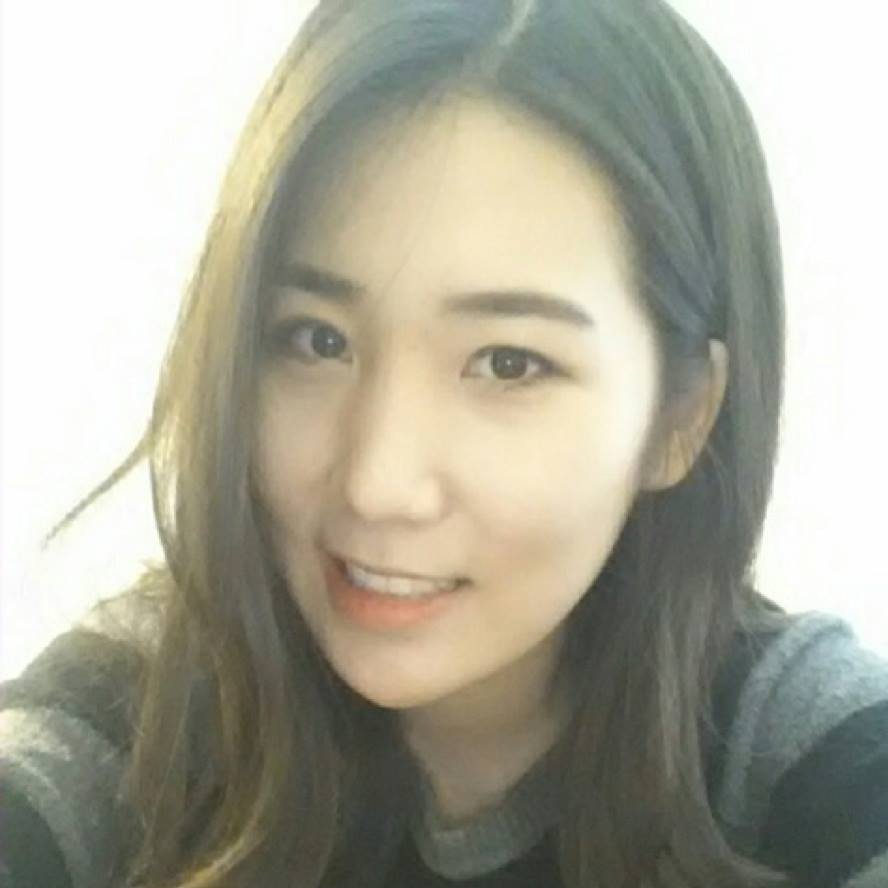
One of the original members and in charge of the entire graphic design, integrating UI and working with the professionals in Korea to develop the Korean version application. Graduated in 2016, pursuing medicine at Mayo School of Medicine
Margo
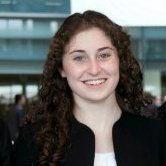
One of the founding members and the voice of Speech Banana, both on the app and at auditory research conferences. Visited Poland as a Fulbright Scholar and developing a Polish version. Pursuing PhD at University of Wisconsin-Madison
Rohit

Team's original iOS programmer, spent most of his time deciphering feedback from Apple's app approving division. Now doing a PhD in Bioinformatics at JHU and is an advisor to the team.
Lindsey

Joined in Fall 2014, works on new features like a phoneme specific scoring for quizzes and the web version of the app. Now doing a PhD at UPenn.
Bruce

Joined in Spring 2015, the male speaker for Korean Speech Banana among other things. Completed MSE in Applied Math and Statistics. Pursuing PhD in Biomedical Engineering at Georgia Tech.
Aditya
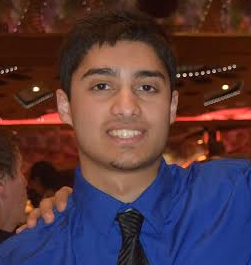
Joined in Spring 2015, works on conducting research and clinical trials for the app. Did gap year in neurology at Johns Hopkins Hospital. Pursuing medicine at Cleveland School of Medicine
Seung Wook

Joined in Spring 2015, mainly participating in development of the Korean version of the app. Pursuing medicine in Korea
Inez
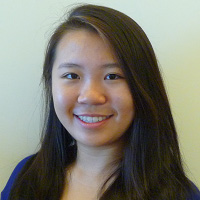
Joined in Spring 2015, helping with the website and the clinical trials for the app. Now doing PhD in Biomedical Engineering at Johns Hopkins.
Edric

Jouined in Spring 2015. Majored in a bunch of stuff. He likes to play basketball and the guitar. In his free time, he reads kungfu novels and writes code for his side projects. After doing MSE in Bioinformatics at Yale University, he is doing a PhD at Duke University.
Sungho

Joined in Summer 2018. Works on debugging and adding new features to the ipad app. Pursuing BS in Computer Science and Applied Mathematics.
Ben

Joined in Spring 2019. Works on repairing software and continued development of the web app. Pursuing BS in Neuroscience with a computational focus.
Mitra
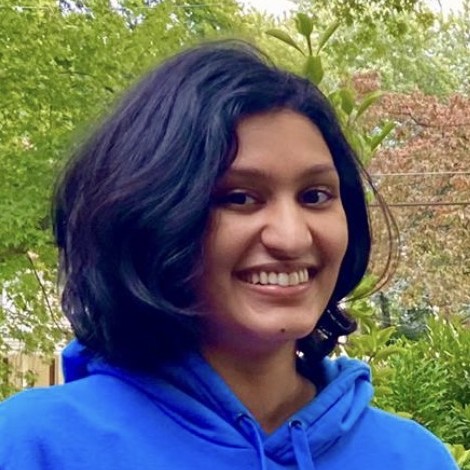
Joined in Spring 2021. Works on fixing bugs in the iPad app and on developing features. Pursuing a BS in Biomedical Engineering and Computer Science at Johns Hopkins.
Presentations, blogs and news reports
- TEDx Poznan Salon: Retraining our brains to hear and beyond - Margo Heston (July 27, 2016)
- App developed by Johns Hopkins undergrads gives cochlear implant users access to auditory training (Aug 8, 2014)
- mHealth App Holds Potential as Supplemental Clinical Auditory Training (The Hearing Journal, June 2021)
- Coming soon!
Papers
FAQ
- Why are the sound files not equal in volume?
We have intentionally designed the app in such a way to make for better auditory training. - Why is there no sound on the ipad app?
Your system sounds may have been muted. This can be controlled by the side switch, or in Settings. For more details, click here. - How do I use background noise function of the app?
When the background noise setting is changed, it will not take effect until the next screen or module is loaded. For instance, if you turn on background noise in the main menu, you may not immediately hear the background noise. However, once you enter a quiz, you will be able to hear the background noise. Similarly, when the user turns off the background noise inside a quiz, the user must exit the quiz once and reenter it to stop hearing the background noise.
Have a question?
Please send us an email at speechbanana@jhu.edu.
